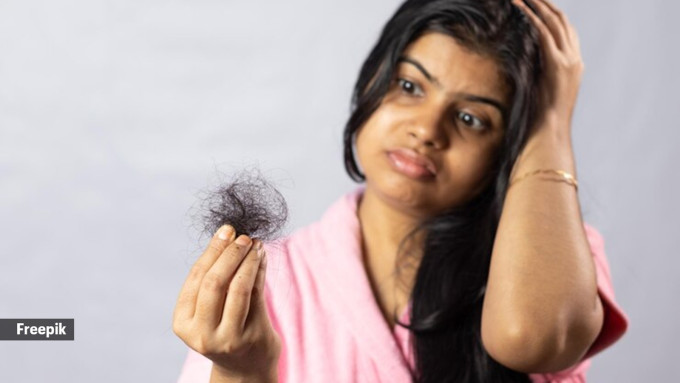Hina Khan sports new wig made with her own hair, calls it an ’empowering decision’; here’s how it can make a difference mentally
Hina Khan, currently battling breast cancer, has opened up about dealing with hair loss.
Losing hair is one of the most visible and emotionally challenging side effects of cancer treatment, particularly chemotherapy. For many patients, losing their hair can feel like losing a part of their identity.

For Khan, it was no different. She recently shared an emotional video of getting her head shaved, mentioning, “You can win this only if you embrace yourself, accept it and I choose to accept my battle scars because I believe if you embrace yourself, you are one step closer towards your healing and I really, really want to heal.”
However, in her latest reel, she told followers that her much-awaited wig was finally ready. Made with her hair, Khan could not stop smiling after wearing it, giving a sense of hope and positivity to everyone. “The moment I was diagnosed, I knew I’d lose my hair. I chose to cut it off on my own terms while it was still healthy, long and vibrant. I decided to make a wig of my OWN hair that would bring me comfort during this challenging time. And I must say it was an empowering decision, and I’m so proud of it,” she captioned the post.
Neha Cadabam, senior psychologist and executive director at Cadabams Hospitals, says, “Hair loss during cancer treatment can be a deeply distressing experience, often symbolising the loss of control and a disruption of one’s identity. Wigs and hairpieces, particularly those crafted from a patient’s own hair, can serve as a powerful tool for emotional healing and empowerment.”
Psychological impact of hair loss on cancer patients
Hair loss can have a significant impact on a cancer patient’s sense of identity and self-worth, says Cadabam. “It’s not just about the physical change, but also the emotional and social implications that come with it.
For many women, hair is closely tied to their sense of femininity and attractiveness. Losing their hair can lead to feelings of diminished femininity and even a sense of loss of self. Unfortunately, cancer and its associated physical changes can sometimes be stigmatised. Hair loss can make the illness more visible, leading to unwanted attention or awkward interactions, which can further impact a patient’s emotional well-being.
Cadabam adds, “Cancer treatment can cause changes in body shape and appearance, in addition to hair loss. These changes can make it difficult to recognise oneself in the mirror and lead to a distorted body image.”
 Hair loss can have a significant impact on a cancer patient’s sense of identity and self-worth (Source: Freepik)
Hair loss can have a significant impact on a cancer patient’s sense of identity and self-worth (Source: Freepik)
Wearing a wig can help to mitigate these psychological challenges
A wig can help patients maintain a sense of normalcy and feel more like their pre-treatment selves, Cadabam says, which can be crucial for preserving their identity and self-esteem.
A wig can ease social anxiety by allowing patients to feel more confident and comfortable in public settings. By restoring a familiar appearance, a wig can help improve body image and reduce feelings of self-consciousness.
How to choose the perfect wig or hairpiece
Dr Gunasekar Vuppalapati senior consultant aesthetic, Reconstructive Plastic Surgery at GVG Invivo Hospital says that there are several key factors to consider:
Comfort: The wig should be comfortable to wear for extended periods, especially during treatment when the scalp may be sensitive. Look for lightweight materials and adjustable features for a snug but not constricting fit.
Natural Appearance: Many patients prefer wigs that closely resemble their natural hair in terms of colour, texture, and style. This can help them feel more like themselves and ease the transition.
Ease of Maintenance: During treatment, patients may have limited energy and time. Choose a wig or hairpiece that’s easy to care for and style, minimising the additional burden.
Breathability: The scalp needs to breathe, so choose a wig with a breathable cap or consider a hairpiece that allows for some airflow.
Cost and Insurance Coverage: Wigs and hairpieces can be expensive. Check with your insurance provider to see if they offer any coverage for these items.
Dr Vuppalapati says, “Additionally, working with a knowledgeable and compassionate wig specialist can make the selection process easier and more empowering. They can help you find the perfect wig or hairpiece that meets your needs and preferences, boosting your confidence and helping you feel beautiful throughout your treatment journey.”
📣 For more lifestyle news, click here to join our WhatsApp Channel and also follow us on Instagram
Disclaimer: The copyright of this article belongs to the original author. Reposting this article is solely for the purpose of information dissemination and does not constitute any investment advice. If there is any infringement, please contact us immediately. We will make corrections or deletions as necessary. Thank you.
